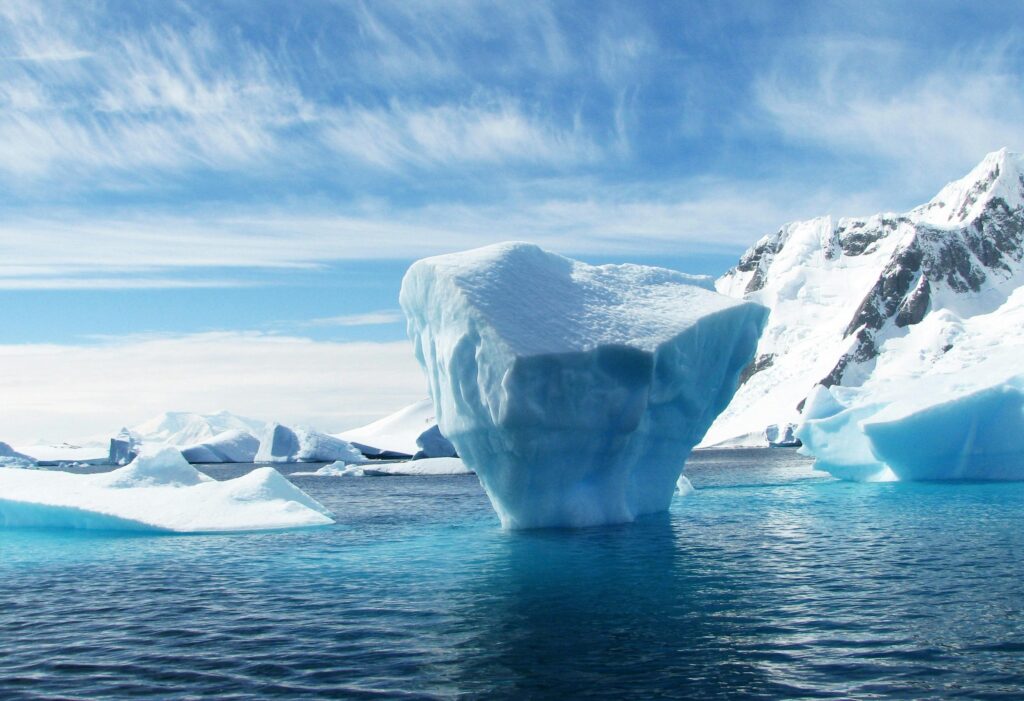
In a groundbreaking study published in Nature Communications, scientists have made a fascinating discovery that challenges our understanding of Arctic climate change. The research, conducted in the remote archipelago of Svalbard, reveals an unexpected relationship between temperature and storm patterns that could reshape our predictions about the Arctic climate system.
The Arctic Puzzle
The Arctic is experiencing climate change at an alarming rate, warming nearly four times faster than the global average. As the region’s iconic sea ice retreats, it leaves behind vast stretches of open water that many scientists assumed would lead to more frequent and intense storms. However, new evidence from coastal lake sediments tells a different story.
Nature’s Archive
At the heart of this research lies Lake Steinbruvatnet, a small coastal lake on Sørkappøya, the southernmost island of Svalbard. Like a natural time capsule, the lake’s sediments preserve a detailed record of environmental changes spanning nearly 10,000 years. By analyzing these sediments, researchers can peek into the Arctic’s past paleoclimate conditions with remarkable precision.
The lake’s location makes it uniquely suited for this research. Situated where the polar Easterlies meet the Westerlies, it captures evidence of both wind systems that dominate Arctic weather patterns. Protected by natural barriers and experiencing minimal post-glacial uplift, the lake has maintained a stable record of environmental changes throughout the Holocene period.
Scientific Methods and Technology
The research team employed a sophisticated multi-proxy approach to analyze the lake sediments. Using techniques like X-Ray Fluorescence (XRF) scanning, Computed Tomography (CT), and grain size analysis, they could identify distinct layers in the sediments that corresponded to periods of increased storm activity.
The scientists also utilized radiocarbon dating to establish a precise timeline of these storm events, allowing them to correlate periods of increased storminess with other known climate changes in the region. They supplemented this with End-Member Modeling Analysis (EMMA) to understand sediment sources and transport mechanisms.
A Climate Revelation
Perhaps the most intriguing finding is that periods of increased storminess coincided with colder temperatures, not warmer ones as previously thought. The study identified several major storm periods throughout the Holocene, occurring approximately every 1,500 years and aligning with known cold periods in North Atlantic climate history.
This pattern challenges the prevailing assumption that a warmer, less icy Arctic would necessarily be stormier. Instead, the evidence suggests that during colder periods, the region experienced more intense summer winds and storm activity.
Future Implications
These findings have significant implications for our understanding of Arctic climate change and its impacts. While the study focuses on summer wind patterns, it raises important questions about how Arctic storms might behave in a warming world. The research suggests that the relationship between temperature, sea ice, and storminess is more complex than previously thought.
The study also has practical implications for coastal communities in the Arctic. While warmer temperatures might not directly lead to more storms, other factors like permafrost thaw and sea-level rise continue to make coastal areas more vulnerable to erosion and flooding.
The Road Ahead
This research demonstrates the value of studying natural archives like lake sediments to understand past climate variations. As we face unprecedented changes in the Arctic, such long-term perspectives become increasingly valuable for predicting and preparing for future changes.
The findings from Lake Steinbruvatnet not only advance our scientific understanding but also highlight the importance of questioning our assumptions about climate change impacts. As we work to predict and prepare for future changes in the Arctic, such insights from the past become increasingly valuable tools for understanding Earth’s complex climate system.
